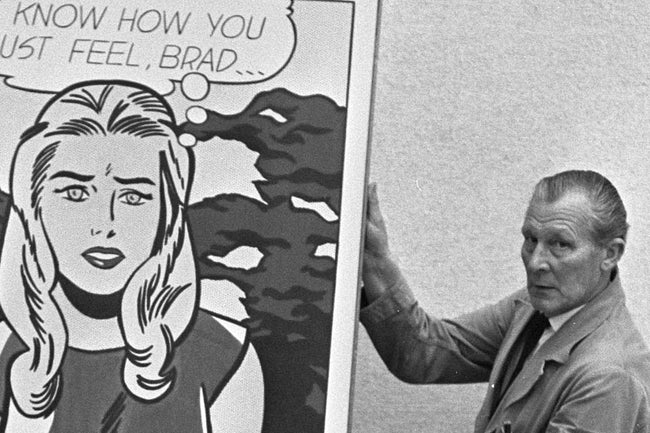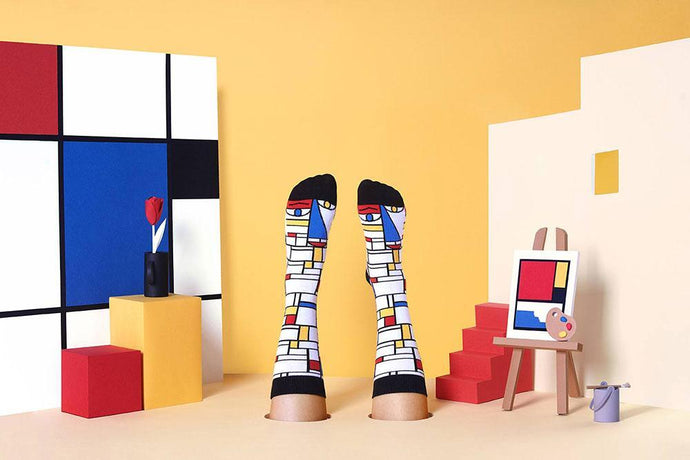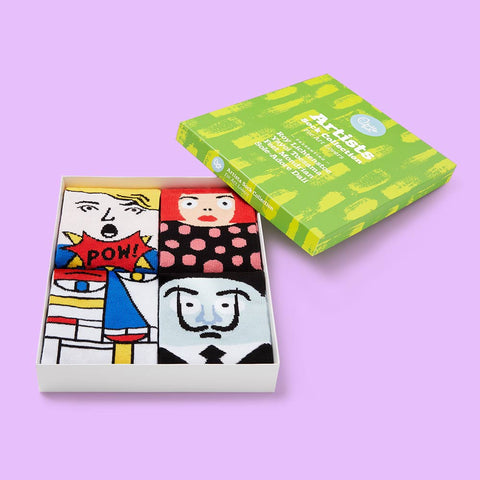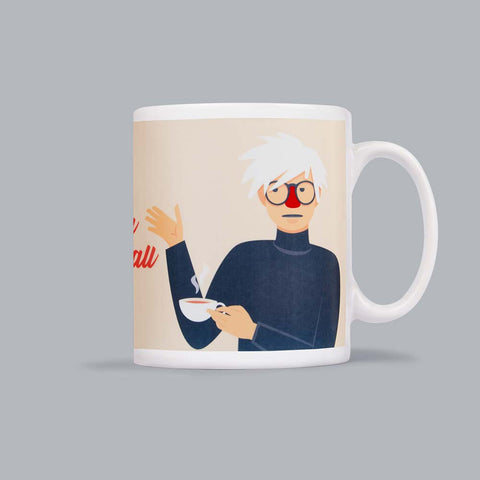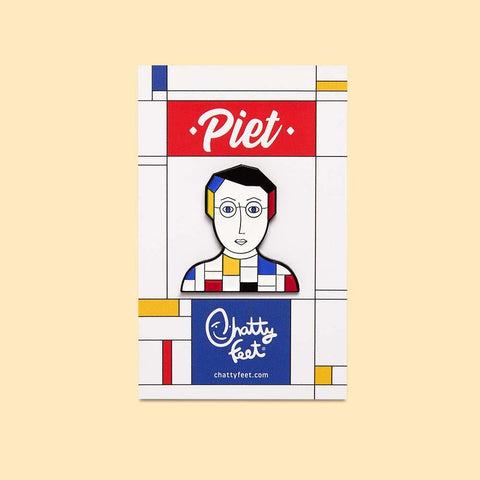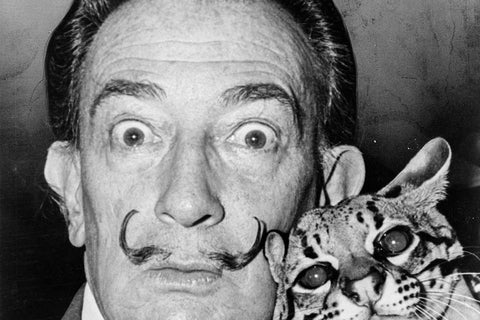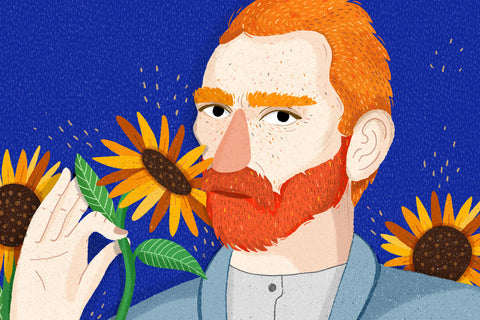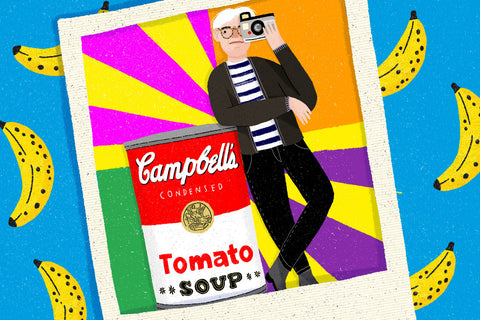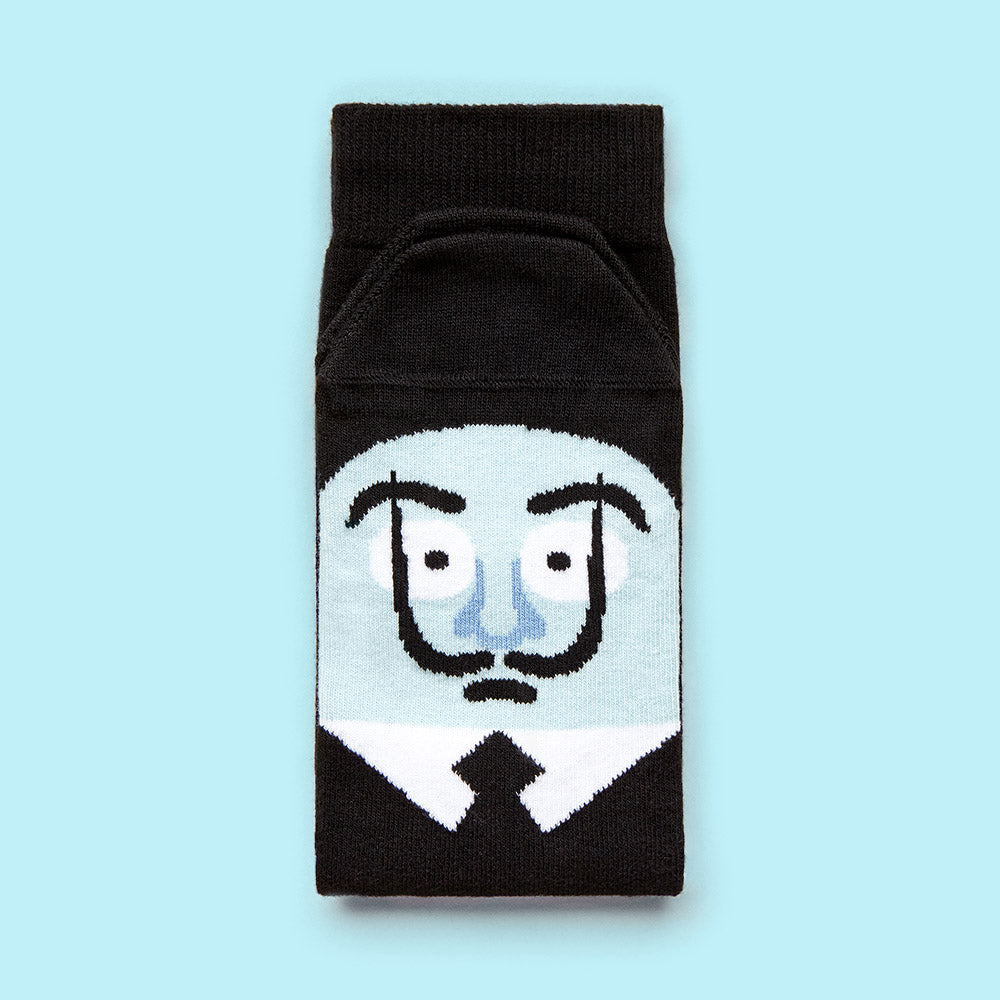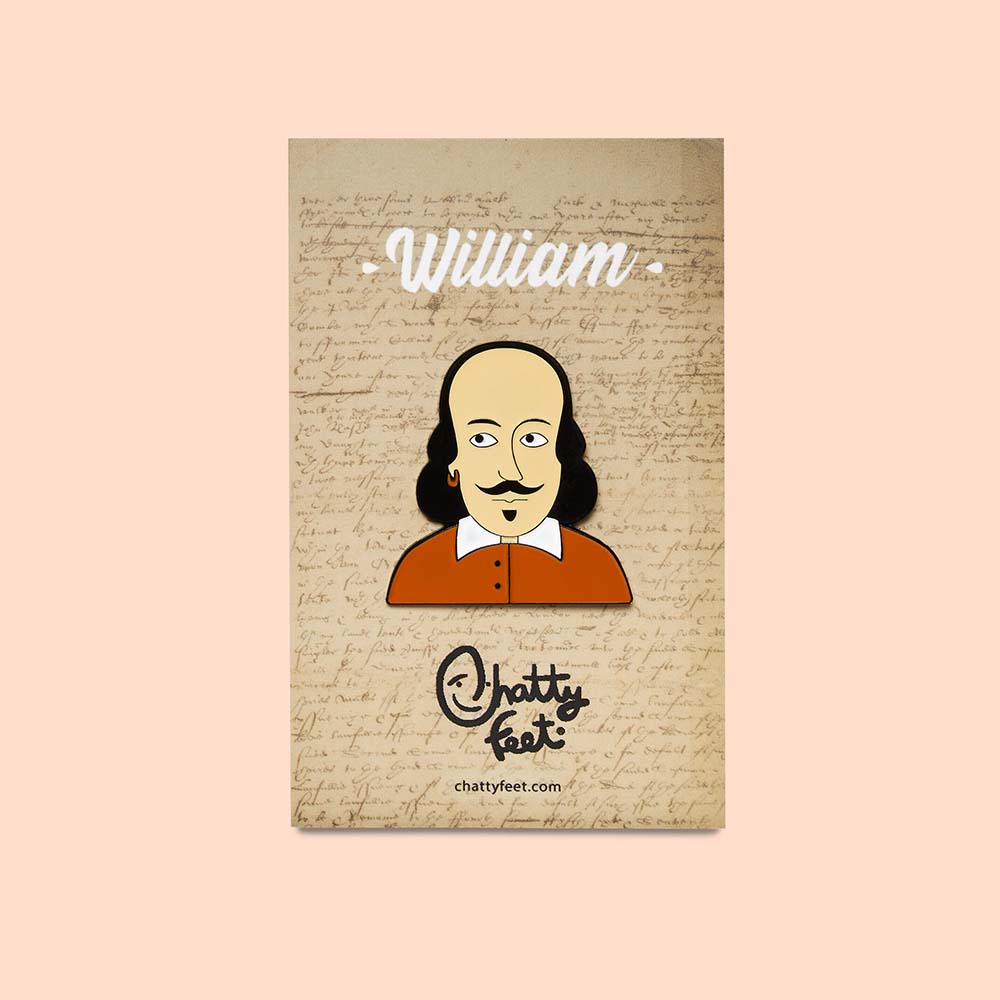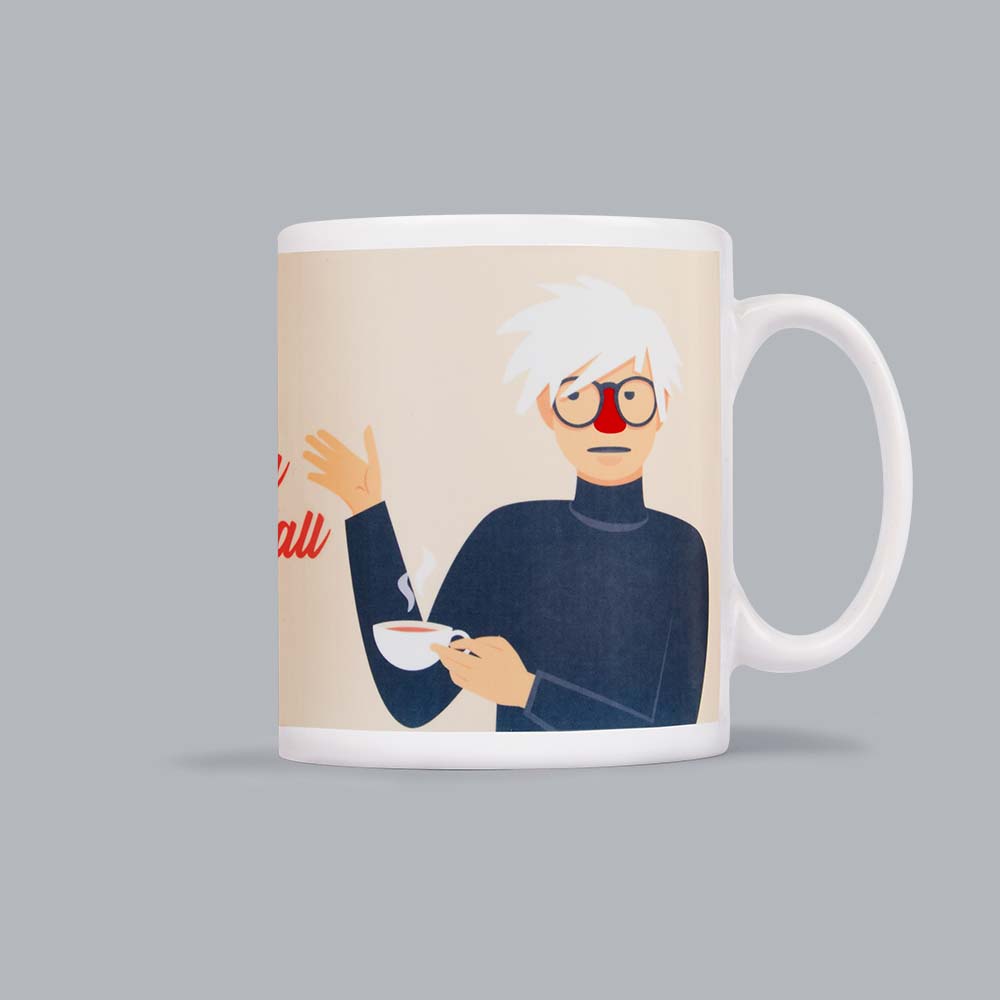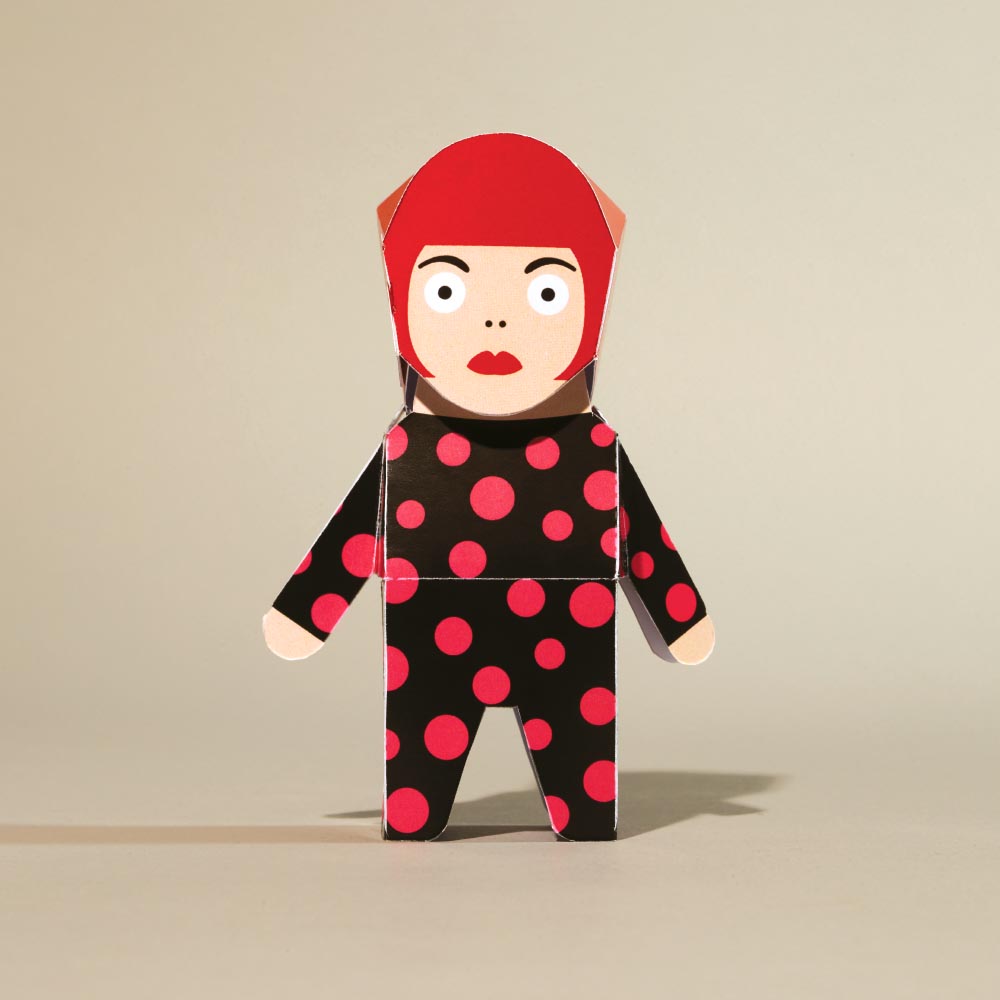The comic-book king brought a whole new style to Pop Art and Lichtenstein’s most expensive piece of work “Masterpiece” recently sold for $165 million in 2017. But just how much do you really know about this kitsch creative? Read on to find out some interesting facts you might not know about Roy Lichtenstein.

He nearly became a musician
When you’re asked the question “what career would you have if you weren’t doing this?” what do you think of? For Lichtenstein, the answer was easy – he would have been a jazz musician. The artist had a talent for playing piano and clarinet, and he even started a band during his school days. He frequented jazz bars in midtown New York so would have almost certainly become a musician if he hadn’t started painting and sculpting during his teenage years.

He didn’t like comic books as a kid
In fact, Lichtenstein only began creating cartoon pieces to prove his son wrong. In 1961 he painted “Look Mickey”, a comic-style image of Mickey Mouse. And why did he change his artistic genre from Expressionism to Pop Art? It was because his kid said to him “I bet you can’t paint as good as that, eh Dad?” while showing him a Disney comic. What a challenge!
![Roy Lichtenstein's Artwork]() Photo by Marcus Hansson
Photo by Marcus Hansson
He was an inventor
Of course, before Roy Lichtenstein, no-one had brought comic-style art to the mainstream, but that’s not the only thing he pioneered. In order to make it easier for him to paint at any angle while working on commercial commissions, he invented a rotating easel. Nowadays, you can get moveable easels of almost any size, but when Lichtenstein put together his ‘prototype’ it was unheard of and made a difference to the ways in which artists could work. 
He loved aeroplanes
The obsession began in childhood when Roy would spend hours making intricate model planes. When he joined the army, he got the chance to train as a pilot in preparation for World War II but he was never called up to fly planes in battle. That didn’t stop him from basing one of his most famous pieces “Whaam!” on air force combat. Lichtenstein was later commissioned to create a sculpture for Columbus International Airport in 1984 and he named the impressive installation ‘Brushstrokes in Flight’.

His art wasn’t creative enough
Roy Lichtenstein was widely criticised for having a lack of artistic skill. But it’s not as if he didn’t know what he was doing; Lichtenstein deliberately used techniques borrowed from commercial printing, such as Benday dots, to make it look like his art was ‘programmed’. He used a restrictive palette of just four colours – the same hues used by printers – and then layered them to get the colours he wanted. Well, how else would you create a poster that looked like a poster?
